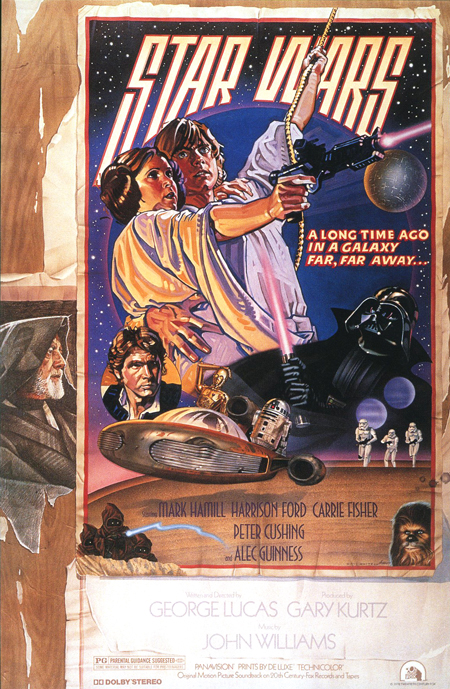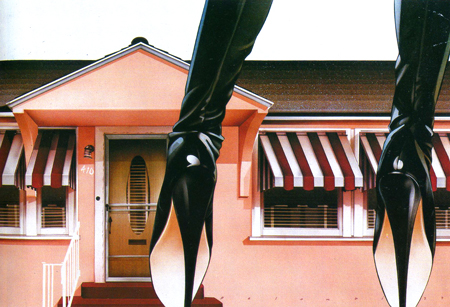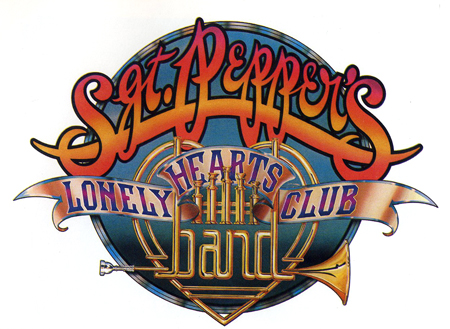Spray and Pray
On my first day at art school, a student two years ahead told me emphatically, “You need to know how to airbrush.” As freshmen, we used colored pencils and gouache. In the junior level studio, they all used the airbrush. The sound of the spraying and chug of the motor was often interrupted with, “sonofabitch!” I was frequently concerned that my career would never happen because I couldn’t use an airbrush.
For those of you who only know the spray paint can symbol in Photoshop®, an airbrush is a machine that is like a fancy can of spray paint. A compressor runs a stream of air through a nozzle that has paint. To make an image, you mask off the areas you don’t want painted, and smoothly spray. Then you take off that mask and make another one. The airbrush sounds easy. I’m sure you may be thinking, “so what, I can use spray paint.” But it clogs, splatters, your masks pull off other paint, and you shout “sonofabitch!” a lot.
My inability to use the tool only makes my admiration for the masters of airbrush greater. Digital perfection and high-definition may be in vogue today, but I think it’s time to celebrate this great work. It was a southern California art form that screams Venice Beach, roller-skating, Xanadu, Sunset Strip, and palm trees. And even better, the guys who were the airbrush kings, such as Charlie White, were the most laid-back, down-to-earth, and just plain nice people I’ve ever known.











